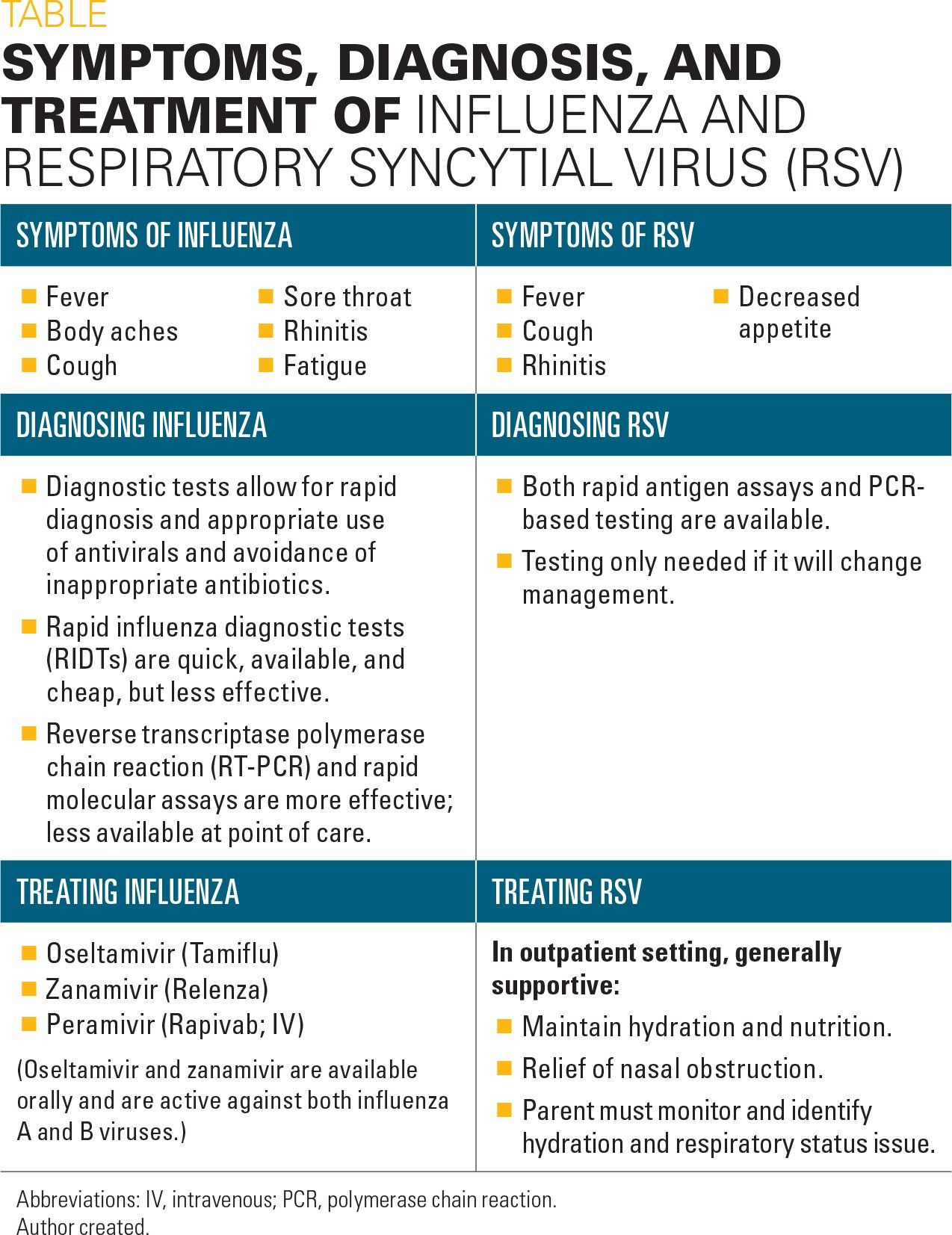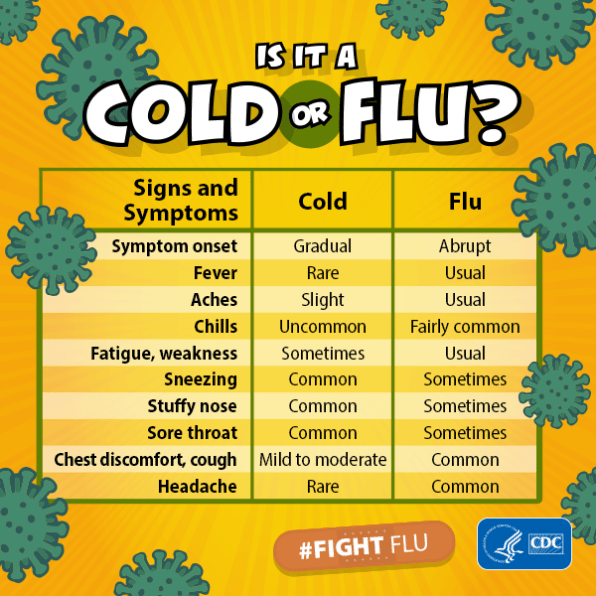Influenza A And B Symptoms

There are three main types type a type b and type c.
Influenza a and b symptoms. Influenza a h1n1 2009 influenza a h3n2 and influenza b are influenza viruses commonly circulating globally and in the community. A common sign that someone is developing the flu is fever. As a person s temperature is rising chills and shivering may occur. For most people the flu resolves on its own.
Influenza b general signs and symptoms. A b and c. There are three types of flu viruses. Influenza a is the most common followed by influenza b.
Influenza also known as the flu is a viral respiratory illness that is most. While influenza a can lead to moderate to severe flu symptoms across all age groups and in animals influenza b only affects. Influenza b like influenza a typically begins with the sudden onset of a fever. Both are highly contagious and their symptoms are similar.
But influenza b is highly contagious and can lead to more serious conditions and complications if left untreated. But sometimes influenza and its complications can be deadly. It tends to be higher in children than in adults. Fevers caused by this virus can climb as high as 106 degrees f though this particular type of fever tends to be less severe than other types.
Adults also tend to experience lower fever than children when they are infected with the virus. Influenza is a viral infection that attacks your respiratory system your nose throat and lungs. Influenza c is associated with mild sporadic illness and occurs less frequently. Influenza b tends to cause a milder form of the flu than influenza a.
Type a and b cause the annual influenza epidemics that have up to 20 of the population sniffling aching coughing and running high fevers. Influenza also known as the flu is an infection caused by influenza viruses. Influenza commonly known as the flu is an infectious disease caused by an influenza virus. Influenza b symptoms are very similar to those of the common cold.
The temperature usually reaches 39 degrees fahrenheit or higher. These symptoms typically begin two days after exposure to the virus and most last less than a week. Types a and b influenza are the more common forms of this infection routinely causing seasonal outbreaks. Influenza is commonly called the flu but it s not the same as stomach flu viruses that cause diarrhea and vomiting.
The most common symptoms include. High fever runny nose sore throat muscle and joint pain headache coughing and feeling tired.


/770484-article-img-influenza1-5a28469f482c520037628e11.png)

/learn-about-different-types-of-flu-770509-FINAL-3d8c1e18a3404335b90e581a150dbdf3.png)




/a-day-by-day-look-at-h1n1-swine-flu-770511_color2-5b94a3ccc9e77c0082d41bd6.png)








